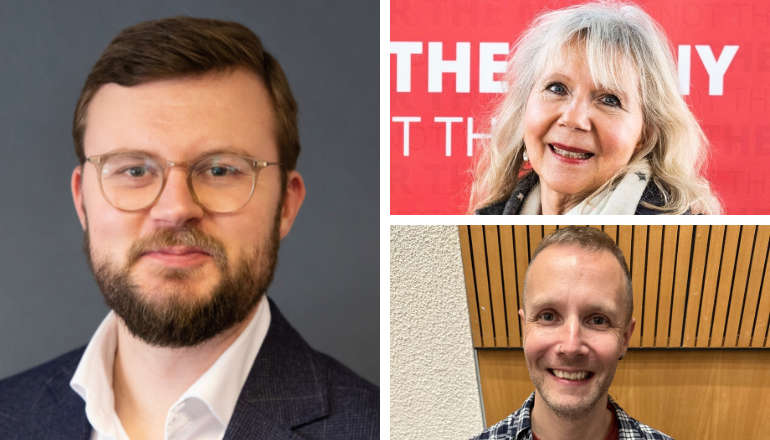
Parents have put the case both for and against a series of proposals to change secondary school admissions in Brighton and Hove.
One of them, Professor Adam Dennett, addressed councillors as they prepared to discuss proposals to change admissions priorities, reduce school intakes and adjust the catchment areas for three secondary schools.
Professor Dennett said that the council’s deputy leader, Jacob Taylor, had said that parents’ voices were heard after a survey in the autumn, gauging views on initial ideas for secondary school catchment area changes.
None of those proposals were put forward as part of the current suggested catchment area change which would move Whitehawk into the Dorothy Stringer and Varndean catchment, and Kemp Town into Longhill’s.
Professor Dennett, part of the Parent Support Group, noted that Councillor Taylor had told parents and carers that their concerns about transport had been “heard loud and clear”.
He said:
“The council is now consulting on a new proposal that again increases travel distances and divides communities.
“The intention is to force nearly 250 randomly selected children, each year, to travel long distances across the city instead of attending a school in their local catchment area.
“Our analysis of the published materials and highly confusing new priority system suggests that children living in the Varndean-Stringer catchment area, now including Whitehawk, who do not have a sibling link and who are not eligible for free school meals, would only have a 25 per cent chance of getting into a catchment area school.
“This would be lower than the chances for a child applying from outside the catchment. How is this possibly compliant with the School Admissions Code 2021?”
The council’s admissions policies are required by law to comply with the code which “imposes mandatory requirements” and includes government guidelines.
Professor Dennett said that the council was looking to increase levels of attainment but, he said, increasing the distance that children travel to school would increase Brighton and Hove’s already serious problems with persistent absence and make matters worse.
Labour councillor Jackie O’Quinn said that the Parent Support Group had invested a great deal of time in analysing the proposals currently under consultation.
Councillor O’Quinn said that the council had access to information and insight which was not public and its forecasting about future admissions had been acclaimed for its accuracy.
She said that the council would provide a detailed analysis of its recommendations when the proposals went before the cabinet – before any decisions would be made next month.
Councillor O’Quinn said:
“I am aware that there is debate across the city about the risk of not gaining a place at a local school.
“I know the administration is listening carefully to the points being raised on this within this consultation period and analysing different permutations as part of the consultation.”
Curtis James, from another campaign group, Class Divide, and Lewis Smith, from Whitehawk, also addressed councillors.
Class Divide was formed to improve educational opportunities for children in east Brighton, particularly Whitehawk, Manor Farm and the Bristol Estate.
Mr Smith was brought to tears when he spoke about the experience of securing a secondary school place for his autistic twin sons at the Brighton Aldridge Community Academy (BACA).
He worried about how they would get along socially and on the school buses.
The family qualified for free school bus travel and visited five secondary schools before choosing their three options – a choice that was not available to most of the boys’ friends.
Mr Smith said:
“If I had known quite how empty our own notion of choice had been, we might have felt quite differently.
“The work done by the council recently to help those eligible for free school meals is so great and there can be no denying the opportunities it has created.
“But it does not fill the gap that my own luck avoided for my own children. Choice must be an option for all.”
The family were glad that the boys joined most of their friends at BACA but were concerned about the journey, requiring two public buses, so they practised travelling before their move.
Mr Smith said that the options on offer were the best available without moving schools to different parts of the city.
He said:
“What’s on the table now represents choice – at least where right now for many there is none.”
Councillor Taylor said that the council would look at home-to-school transport in the coming months, with a view to seeing how all pupils were transported across the city.
He said that some services in the early morning such as the 5B were essentially school buses even though they were run as commercial services.
Other school services then become commercial routes after completing morning school runs.
The debate took place at Hove Town Hall yesterday (Tuesday 14 January) as the council’s People Overview and Scrutiny Committee discussed proposed changes to admissions policy.
A council consultation on the proposed changes started last month and on a plan to reduce the year 7 intakes at three schools in September 2026
• Longhill – down 60 from 270 to 210 pupils
• Blatchington Mill – down 30 from 330 to 300 pupils
• Dorothy Stringer – down 30 from 330 to 300 pupill
A proposed “open admissions” policy would give children living in four catchments – for BACA, PACA, Longhill and Patcham High – a better chance of a place at schools such as Dorothy Stringer, Varndean, Blatchington Mill or Hove Park.
Another change would alter the boundary of the catchment area for Longhill and the catchment area for Dorothy Stringer and Varndean, giving children in Whitehawk a better chance of going to two of the area’s most popular schools.
At the time of writing, more than 1,200 people had responded to the consultation on the Your Voice section of the council’s website.
The deadline to respond is Friday 31 January.

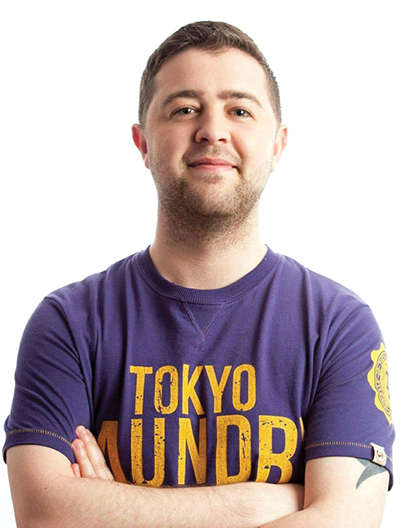
 Prolific Worthing Shoplifter Convicted Following Latest Crime Spree
Prolific Worthing Shoplifter Convicted Following Latest Crime Spree
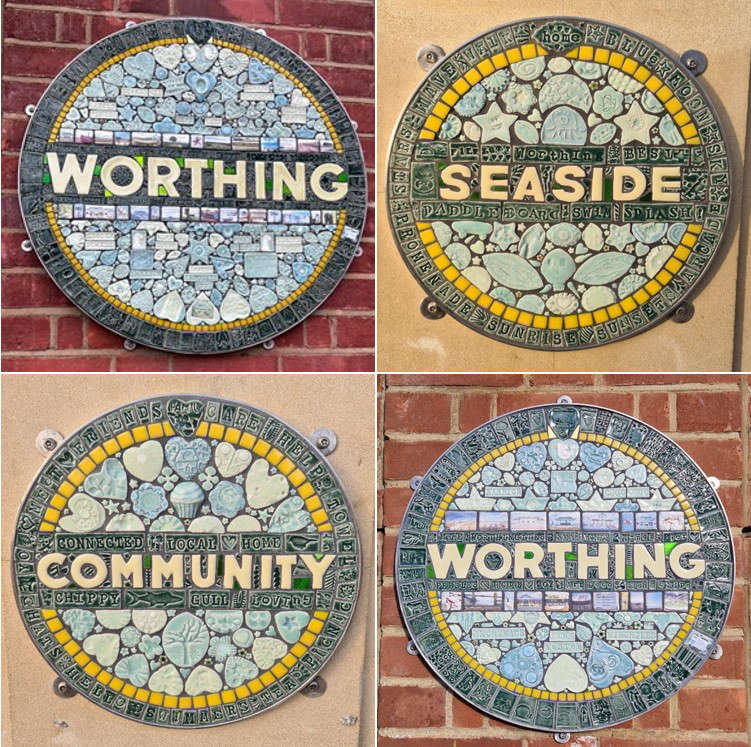 West Sussex County Council supports community art project for Worthing railway station approach
West Sussex County Council supports community art project for Worthing railway station approach
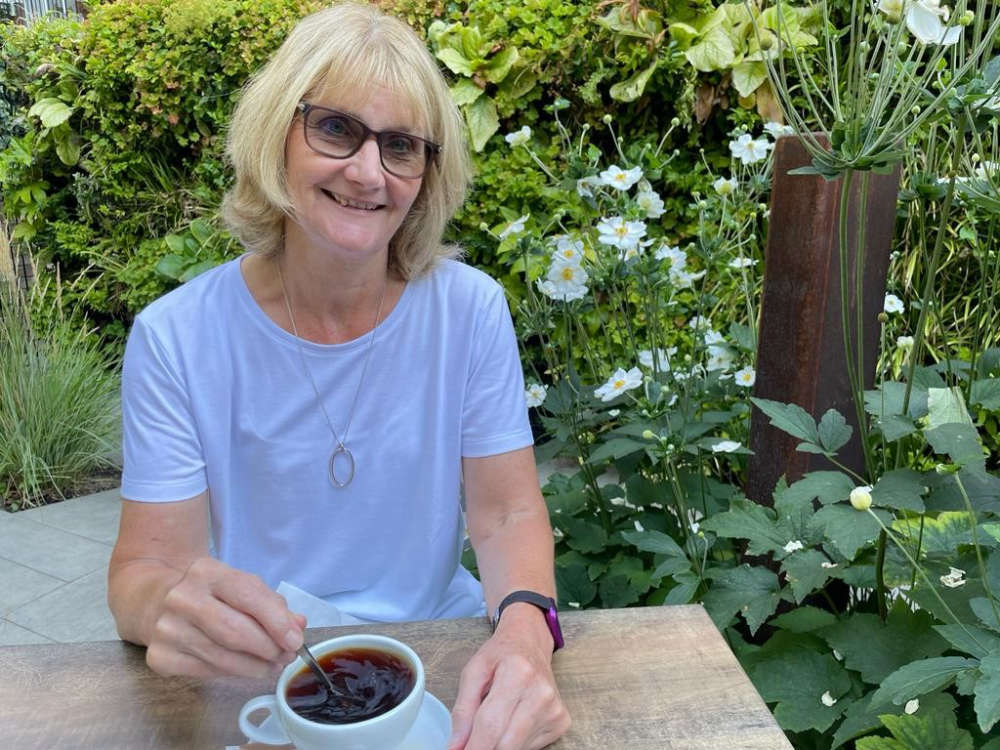 NHS Sussex Supports New National Breast Screening Campaign During Cancer Prevention Action Week
NHS Sussex Supports New National Breast Screening Campaign During Cancer Prevention Action Week
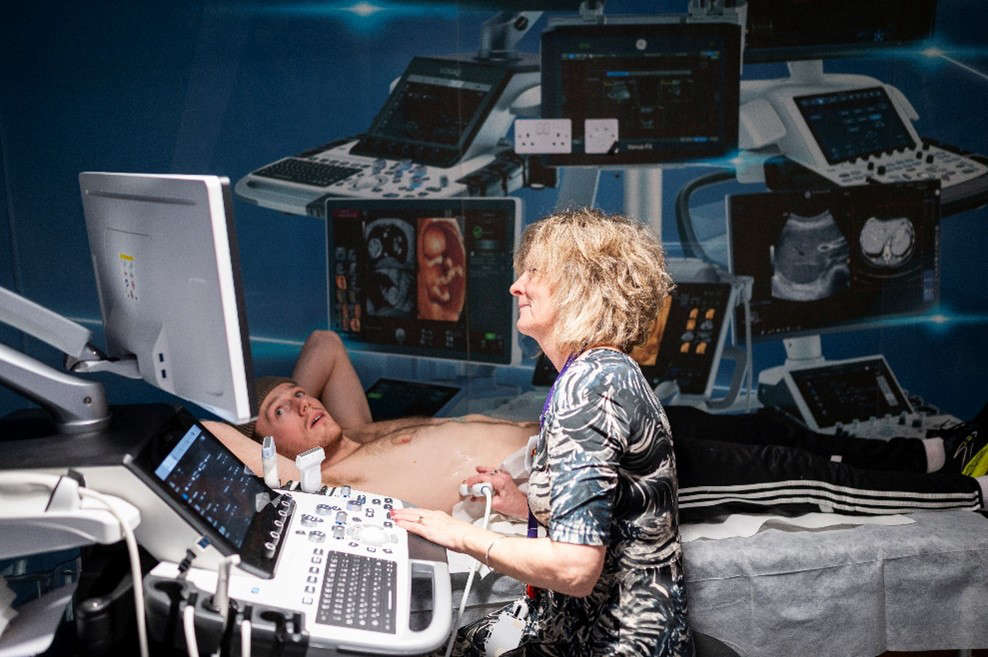 Brighton And Haywards Heath Hospitals Set To Benefit From Major AI Investment
Brighton And Haywards Heath Hospitals Set To Benefit From Major AI Investment
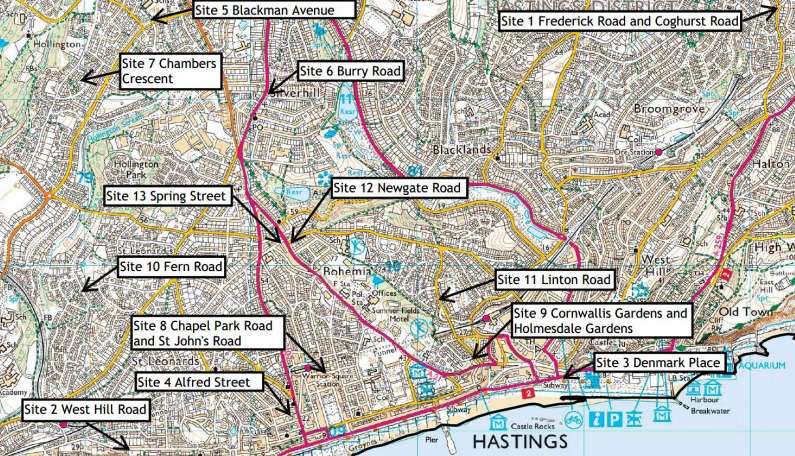 Hastings And St Leonards Councillors Agree New Parking Restrictions
Hastings And St Leonards Councillors Agree New Parking Restrictions
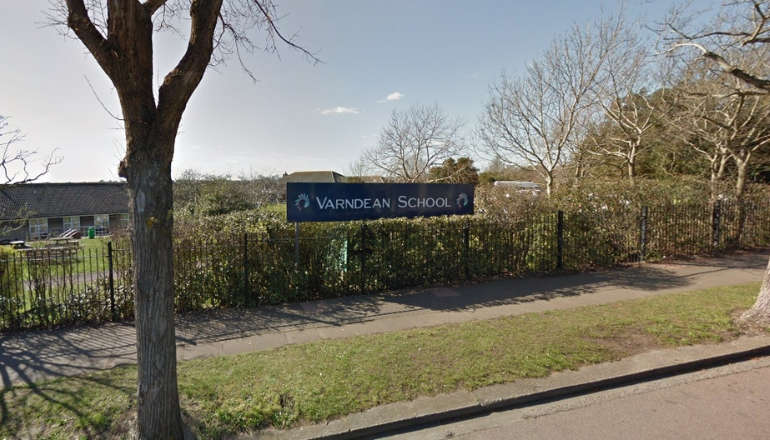 Brighton And Hove Parent Support Group Disappointed By Final Proposals
Brighton And Hove Parent Support Group Disappointed By Final Proposals
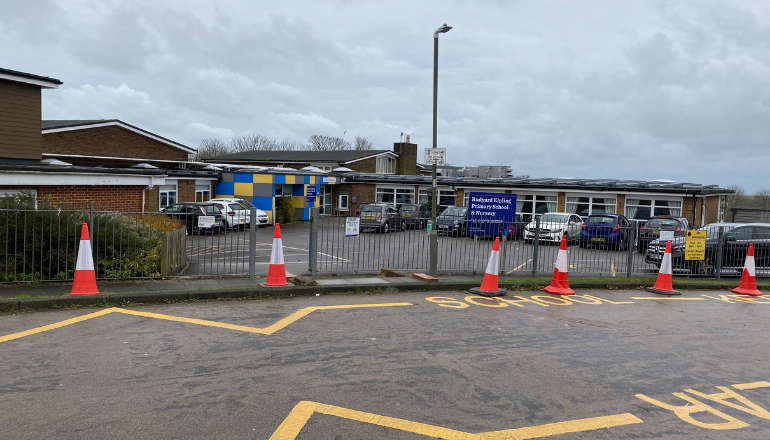 Popular Brighton And Hove Primary School Head Pleased By Increase In Admissions
Popular Brighton And Hove Primary School Head Pleased By Increase In Admissions
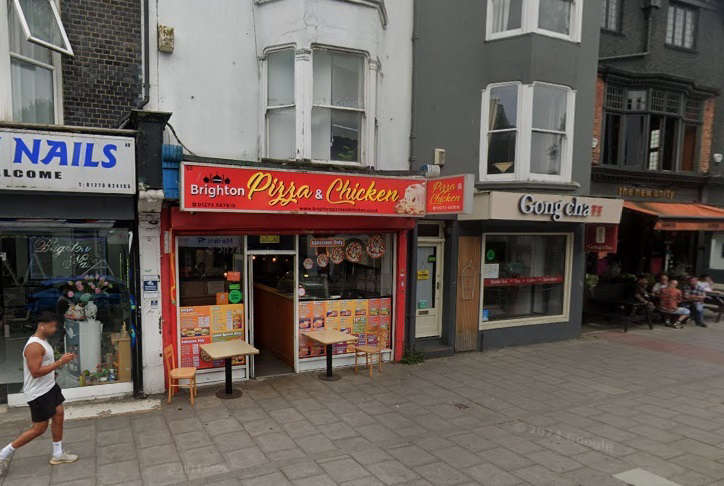 Brighton Takeaway Granted Late-Night Refreshment Licence Despite Objections
Brighton Takeaway Granted Late-Night Refreshment Licence Despite Objections
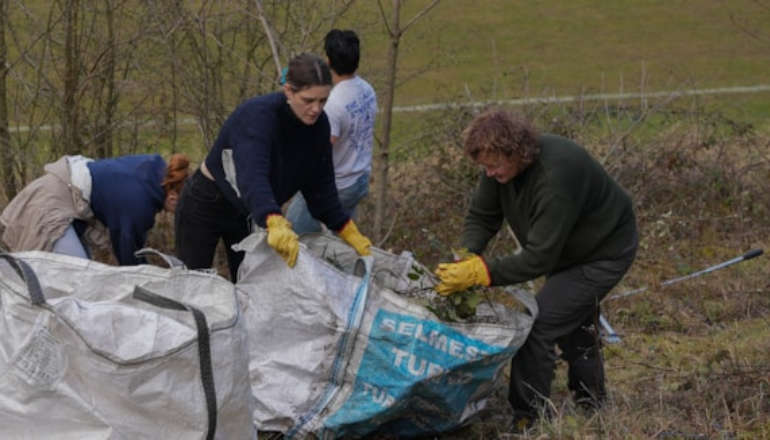 University Of Brighton And Sussex Wildlife Trust Unite To Protect Chalk Grassland
University Of Brighton And Sussex Wildlife Trust Unite To Protect Chalk Grassland
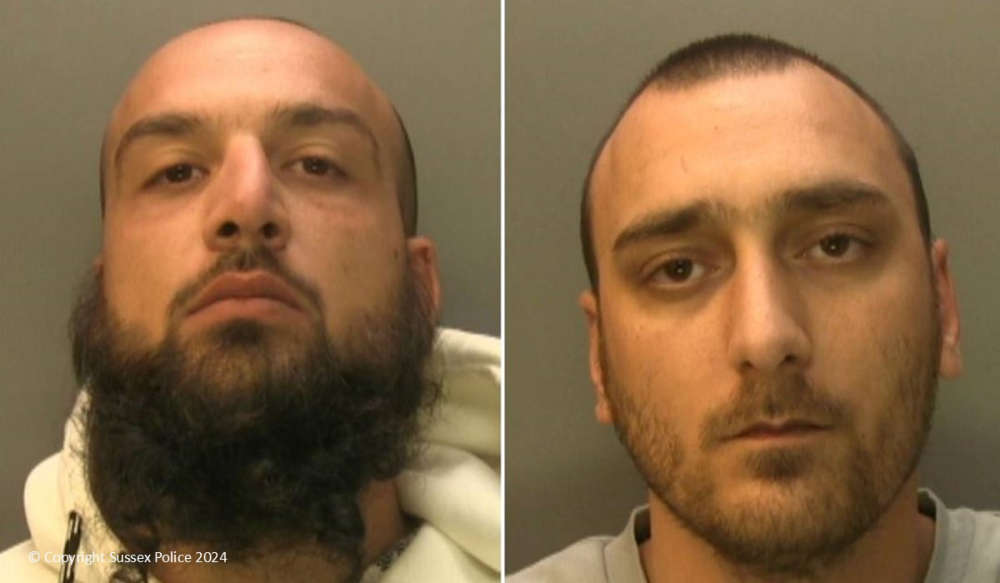 20 Years Jail For Drug-Dealers Linked To EncroChat Operation
20 Years Jail For Drug-Dealers Linked To EncroChat Operation
Comments
Add a comment